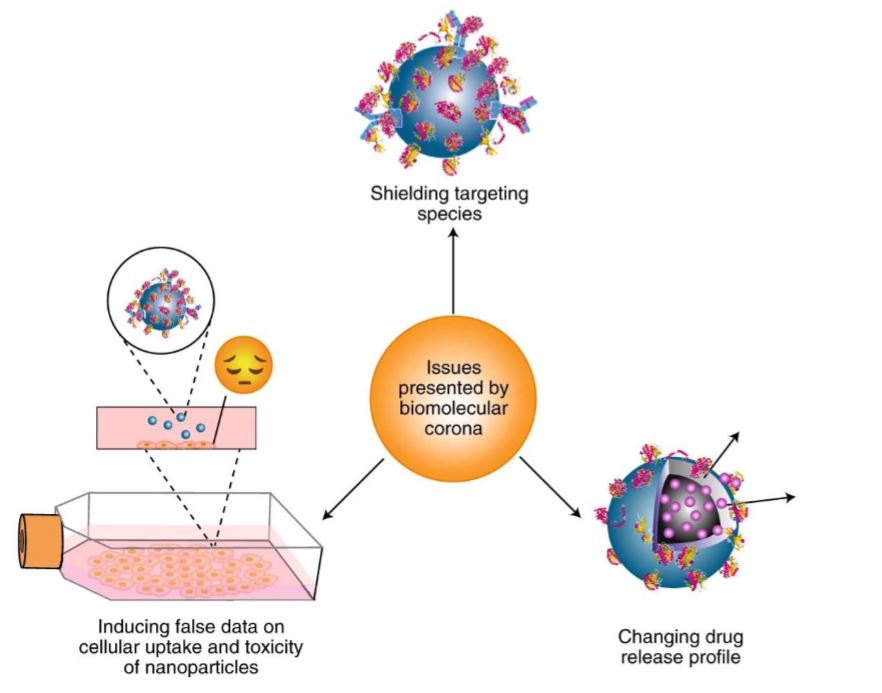Video Article Open Access
NanoBio Interfaces: Opportunities and Challenges of Biomolecular Corona
Morteza Mahmoudi
Precision Health Program and Department of Radiology, Michigan State University, East Lansing, MI 48824, USA
Vid. Proc. Adv. Mater., Volume 2, Article ID 2021-0161 (2021)
DOI: 10.5185/vpoam.2021.0161
Publication Date (Web): 09 Feb 2021
Copyright © IAAM
Graphical Abstract

Abstract
Nanoparticles (NPs) are becoming increasingly promising tools for medical diagnostics and therapeutics. Despite the advances in their biomedical applications and numerous publications, fewer than expected NPs have made it to clinical trials and even fewer have reached clinical practice. This wide gap between bench discoveries and clinical applications is mainly because of our limited understanding of the nanobio interfaces. Although extensive studies have been conducted to enhance our understanding of the nanobio interfaces, the literature remains unclear and contains conflicting information, even for seemingly identical NPs. The main goal of this talk is to introduce some of the existing “hidden” factors at the nanobio interfaces to determine – unambiguously and reproducibly – the biological fate of NPs both in vitro and in vivo. Deeper understanding of the nanobiointerfaces, using the hidden factors, may accelerate clinical translation of nanobiotechnologies.
Keywords
Nanobio interface, biomolecular corona, hidden factors.
Acknowledgement
Michigan State University; Stanford University’s Women’s Heart Health Program; The Connors Center at Brigham and Women's Hospital.
References
- M. Mahmoudi, Trends in Biotechnology, 2018, 36, 755.
- M. Mahmoudi, Nature Nanotechnology, 2018, 13, 775.
Biography
Morteza Mahmoudi is an Assistant Professor of Radiology and Precision Health Program at Michigan State University (MSU). Prior coming to MSU, he was an Assistant Professor at Harvard Medical School. His specific research interest is in nanomedicine and regenerative medicine for the development of new nano-based platforms for prevention/treatment of life-threatening conditions such as cardiomyopathy, cancer, and neurodegenerative diseases. He received several multidisciplinary trainings in nanotechnology, nanomedicine, magnetic materials, and cardiac biology from University College Dublin (Ireland), École Polytechnique Fédérale de Lausanne (Switzerland), Sharif University of Technology (Iran), the University of Illinois at Urbana Champaign, and Stanford School of Medicine. He is among 2018 highly cited researchers as reported by Clarivate Analytics.
Video Proceedings of Advanced Materials

Upcoming Congress



